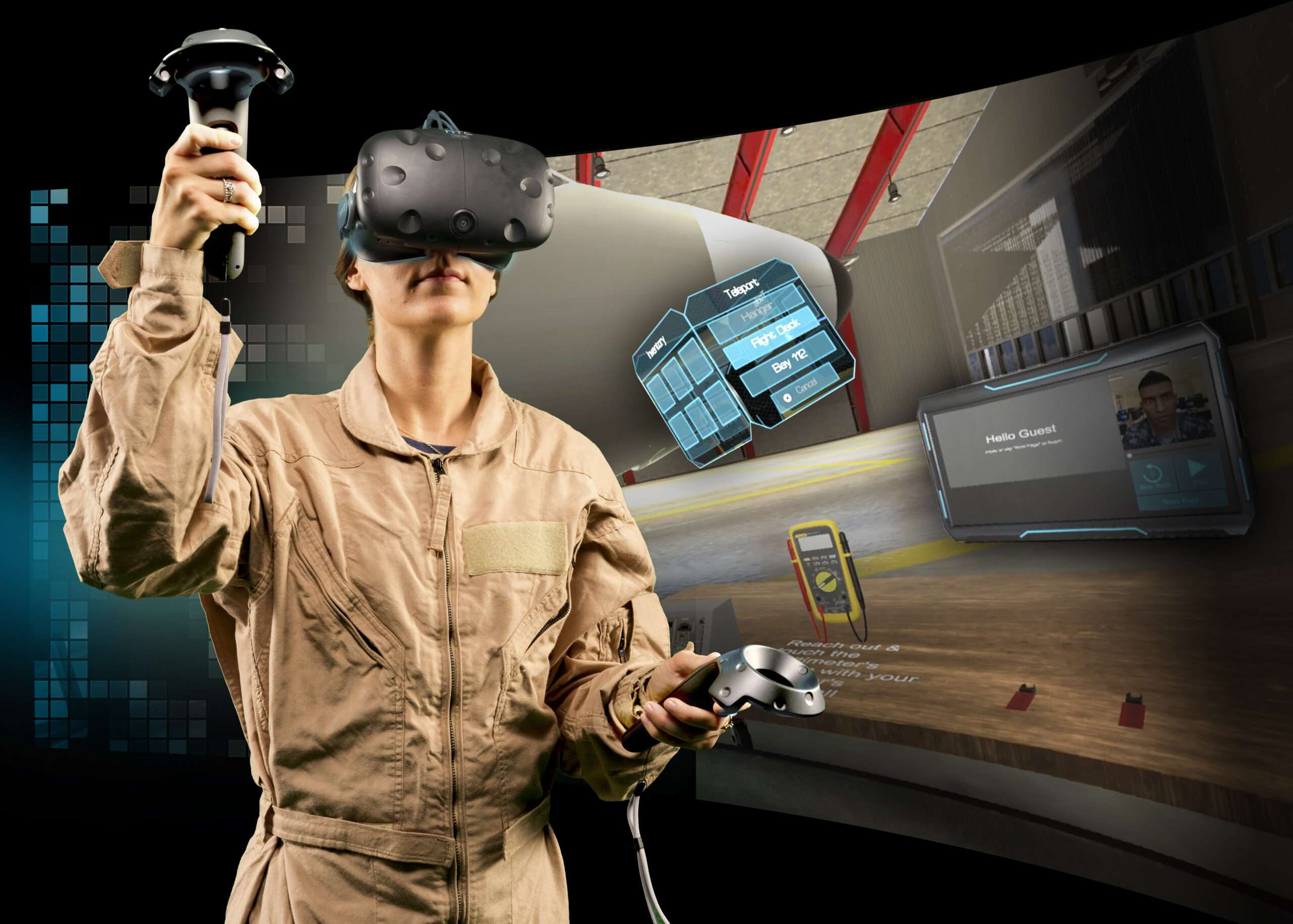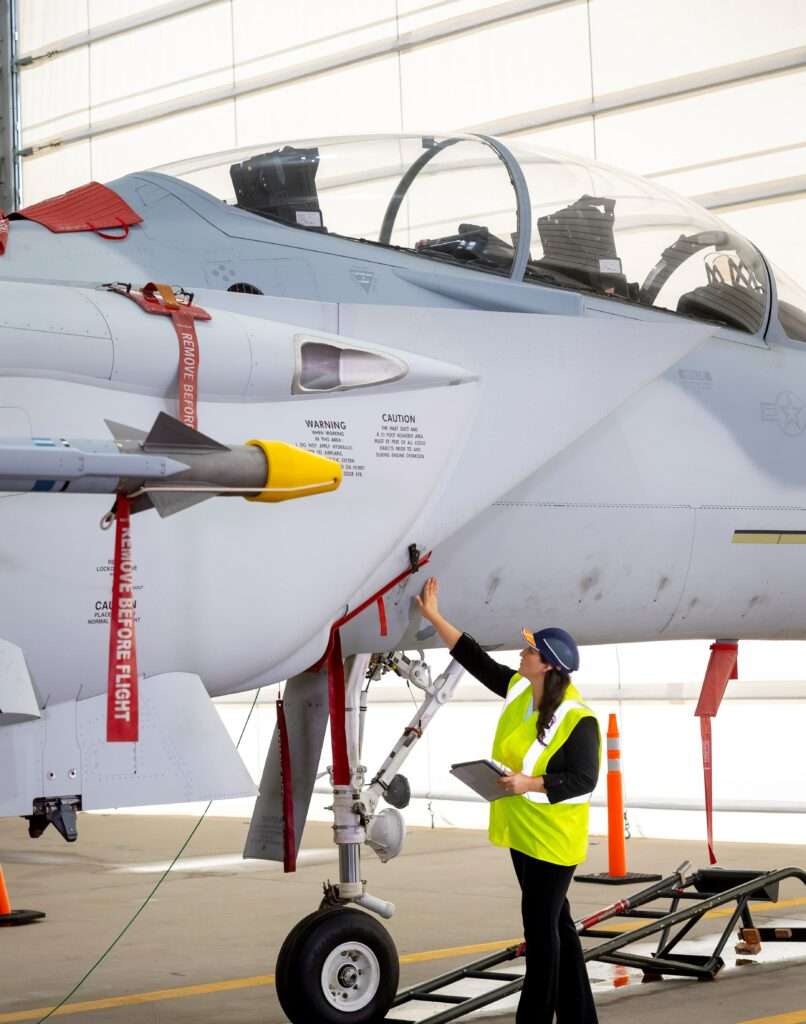
Boeing’s mission today is to deliver the most digitally advanced, efficiently produced, and intelligently supported solutions to our customers. To do that, we have brought decades worth of digital engineering expertise to create transformative capabilities for our customers. We are redefining how the latest capabilities could be delivered with greater speed, flexibility, and value while applying the right analytics to meet evolving mission needs. This is Next Generation Product Support.

Next Generation Product Support (NGPS)
NGPS represents a paradigm shift from chasing readiness to integrating it across a spectrum of platforms. We’ve shifted our focus away from specific platforms we build to drive innovation in how we build them – embracing digital design, model-based engineering, and open systems architecture. We’re doing this by embedding platform agnostic digital tools and insights across our business – from digital design to sustainment, which helps empower our customers to make real-time decisions that are important for their critical mission sets. Our digital tools drive down unplanned maintenance by aggregating historical data to create accelerated real-time feedback and insights versus a retroactive response, identifying failure rates, and sending demand signals to the supply chain. By leveraging digital tools, we can ensure lifecycle spares and targeted maintenance are aligned specifically to the aircraft’s needs, optimizing maintenance processes.
Digital Across the Spectrum
Our approach leverages the digital pedigree of every platform, using data and human input to make sustainment an enabler and an accelerator. Because we support different platforms in different phases of the lifecycle, we can bucket our approach into three type model series:
Pre-digital: These are platforms with added hardware/bolt-on hardware to get 50-60% of digital outcomes without redesigning the platform.
The C-17 Aircraft Data Reasoner (ADR) utilizes customer data and provides real-time and post-processing information on aircraft performance. The Data Reasoner creates a “Digitally Enabled platform,” The results from these algorithms are provided to our customers to assist in interpreting what the aircraft is “telling them” to accelerate decision-making and drive results. For example, the attachment of the Data Reasoner has provided positive results by saving customers 4.5 million-plus pounds of fuel and 28,000-plus maintenance hours over a six-year timeframe. In addition, the digital analytics from the ADR provided 1,100-plus maintenance recommendations and mitigated more than 17,000 non-mission capable hours.
Digitally-enabled: These platforms have static digital engineering and can collect more data, which we help our customers use.
The USN currently utilizes the F/A-18 Automated Maintenance Environment (FAME) to support organic-level maintenance activity by providing enhanced diagnostics, prognostics, and interactive procedural data, as well as data collection for performance analysis and trending. FAME currently supports all USN and USMC F/A-18s and 3 Foreign Military Sales customers. Key outcomes include a 30% reduction in maintenance actions, a 42% reduction in the overall “retest OK” rate, and a 25% reduced in total maintenance man hours.
Digitally Native: These fully digital platforms have a “design to sustain” approaches that lead to tailored, tail number sustainment. Our T-7 trainer aircraft was a true pioneer of this approach. We developed it with digital engineering tools, which allowed us to take the aircraft from computer screen to first flight in just 36 months. This was a remarkable win for our customers in an industry known for long development cycles. We joined the forward and aft fuselage in under 30 minutes. That means it took 95% less time than your average splice. Because of this focus on how we design, build, and deliver solutions to the warfighter, the T-7 was recognized as the U.S. Air Force’s first eSeries plane – a new designation for digitally engineered and virtually tested platforms. By shifting from a traditional fleet management approach to by-tail number sustainment, our team ensures that each aircraft’s individual flight patterns and operational environment inform spares procurement and maintenance activities. Digitally native aircraft are designed with sustainment embedded into the foundation, which allows the program to stimulate and predict outcomes, eliminate contractor reliance, and achieve affordable lifecycle costs. Furthermore, digital design and open systems architecture allow the additional capability to be implemented quickly and efficiently at program launch or later in the life cycle.
Bottom Line: Next-Generation Product Support Enables
Next Generation Product Support aims to improve Logistics, Maintenance, and Training through our wide range of tools and strategies. NGPS includes offerings that are platform agnostic, so we start from our standard tools to offer tailored solutions for each customer, similar to CH-47. The suite of digital tools for the P-8 fleets has been custom-built for the P-8 platform. It harnesses the capabilities and experience of the Boeing commercial 737 fleets and unique capabilities explicitly designed for government fleets. NGPS is focused on driving mission readiness while reducing life cycle costs and maintenance man-hours.



Be the first to comment